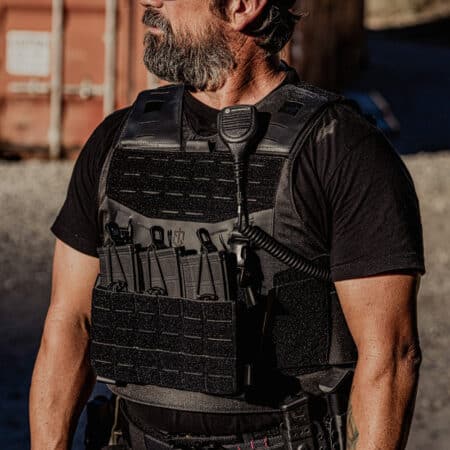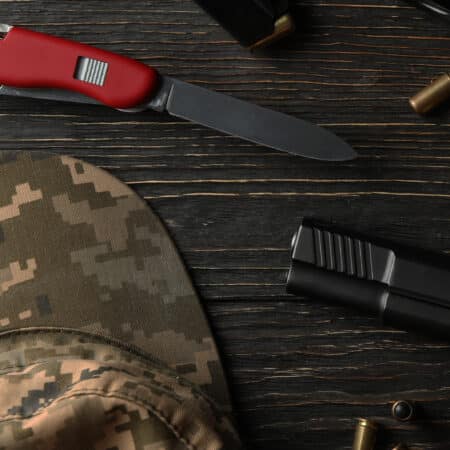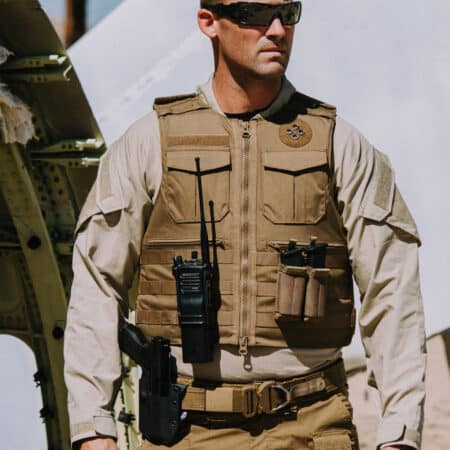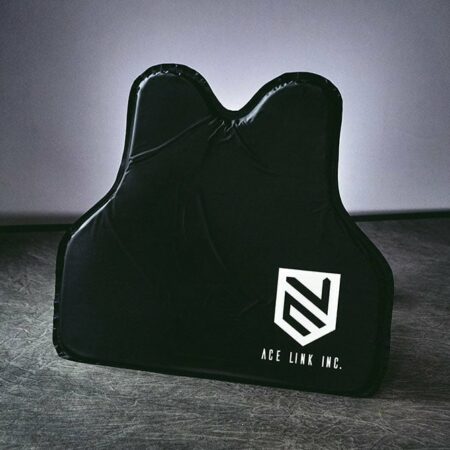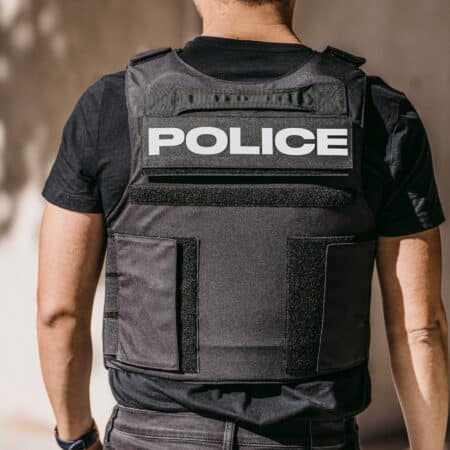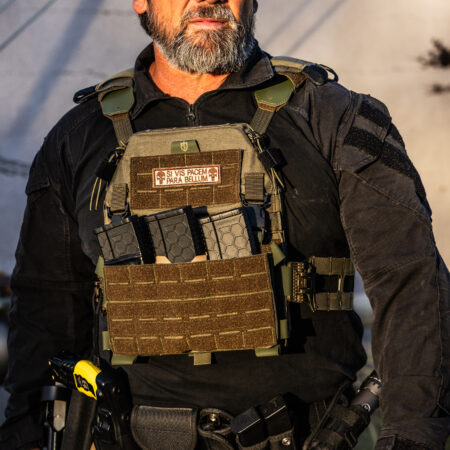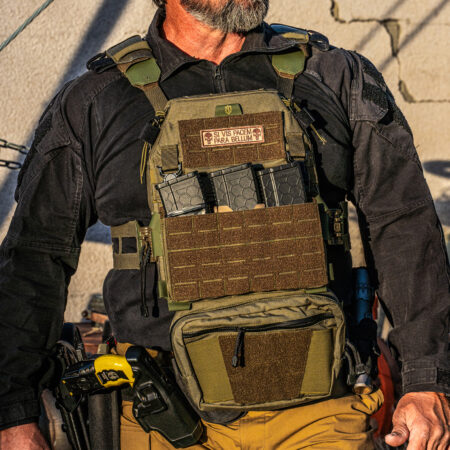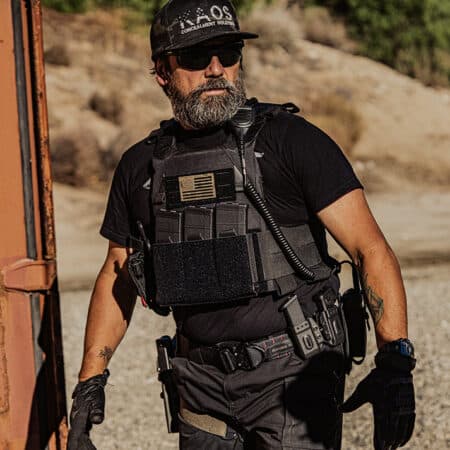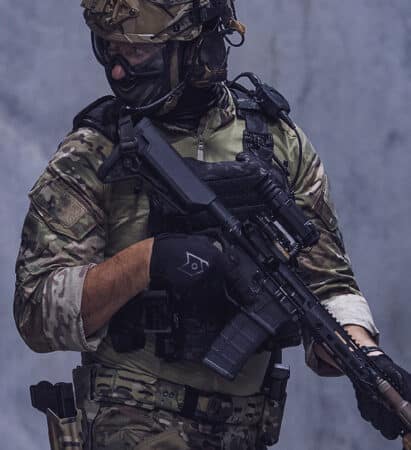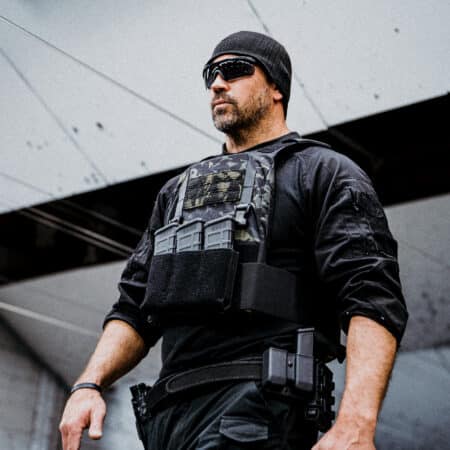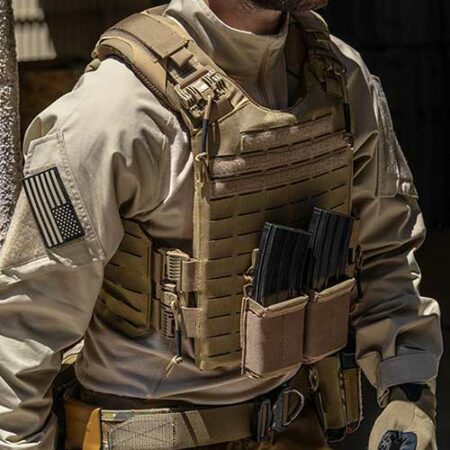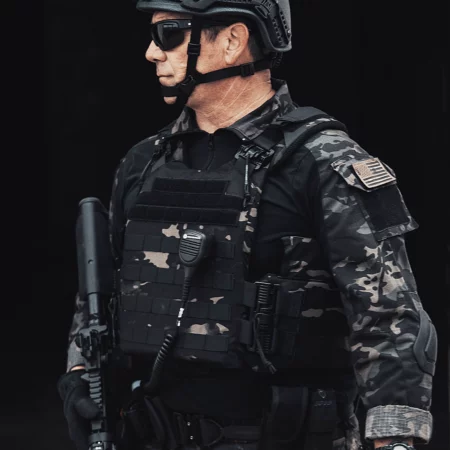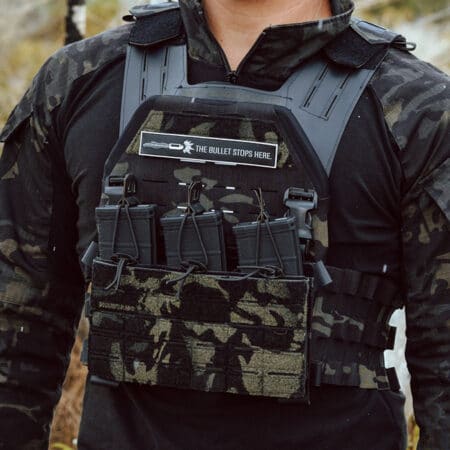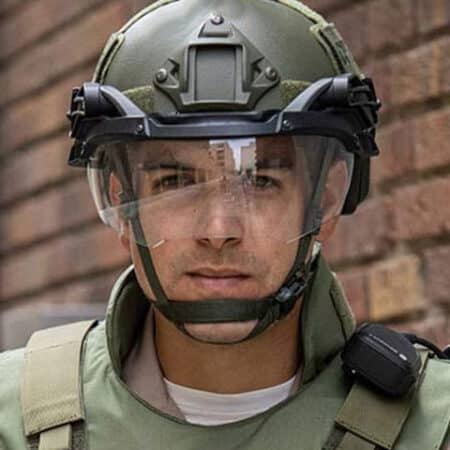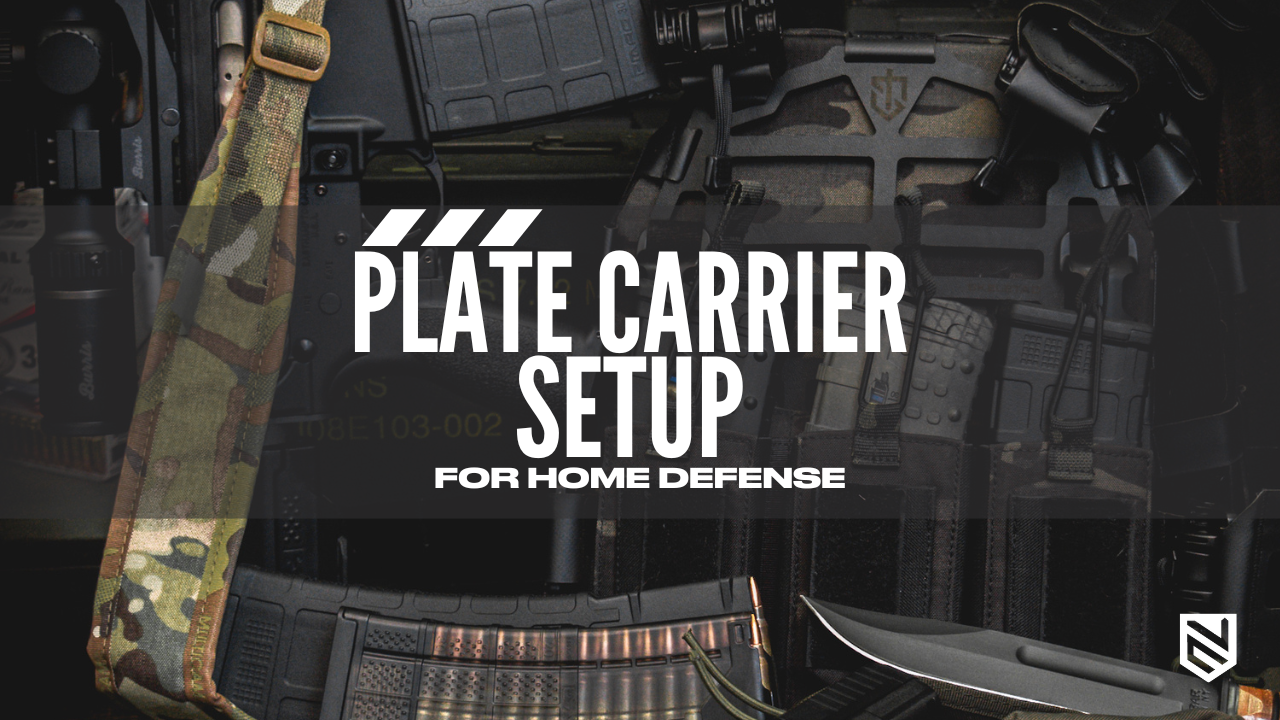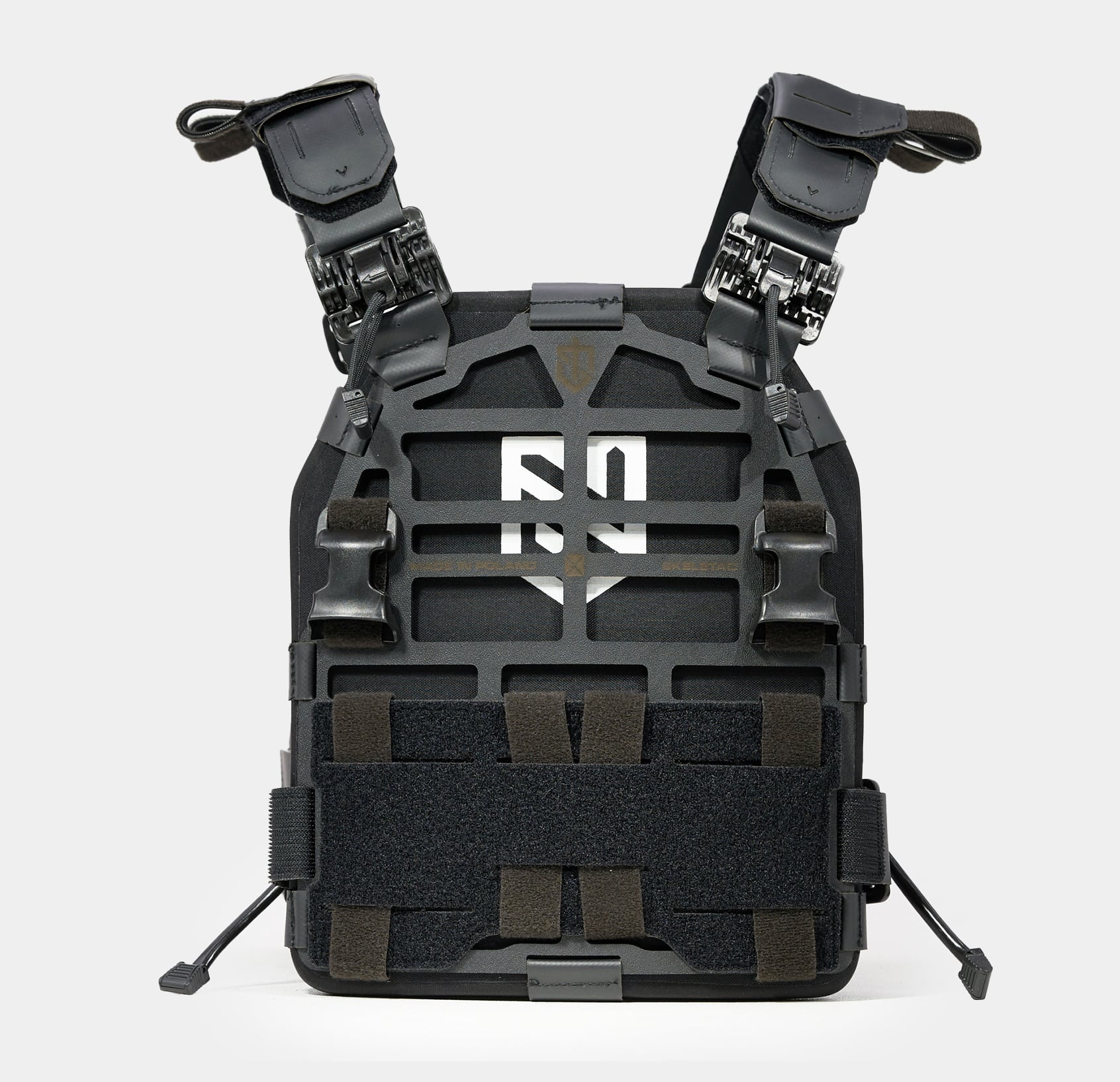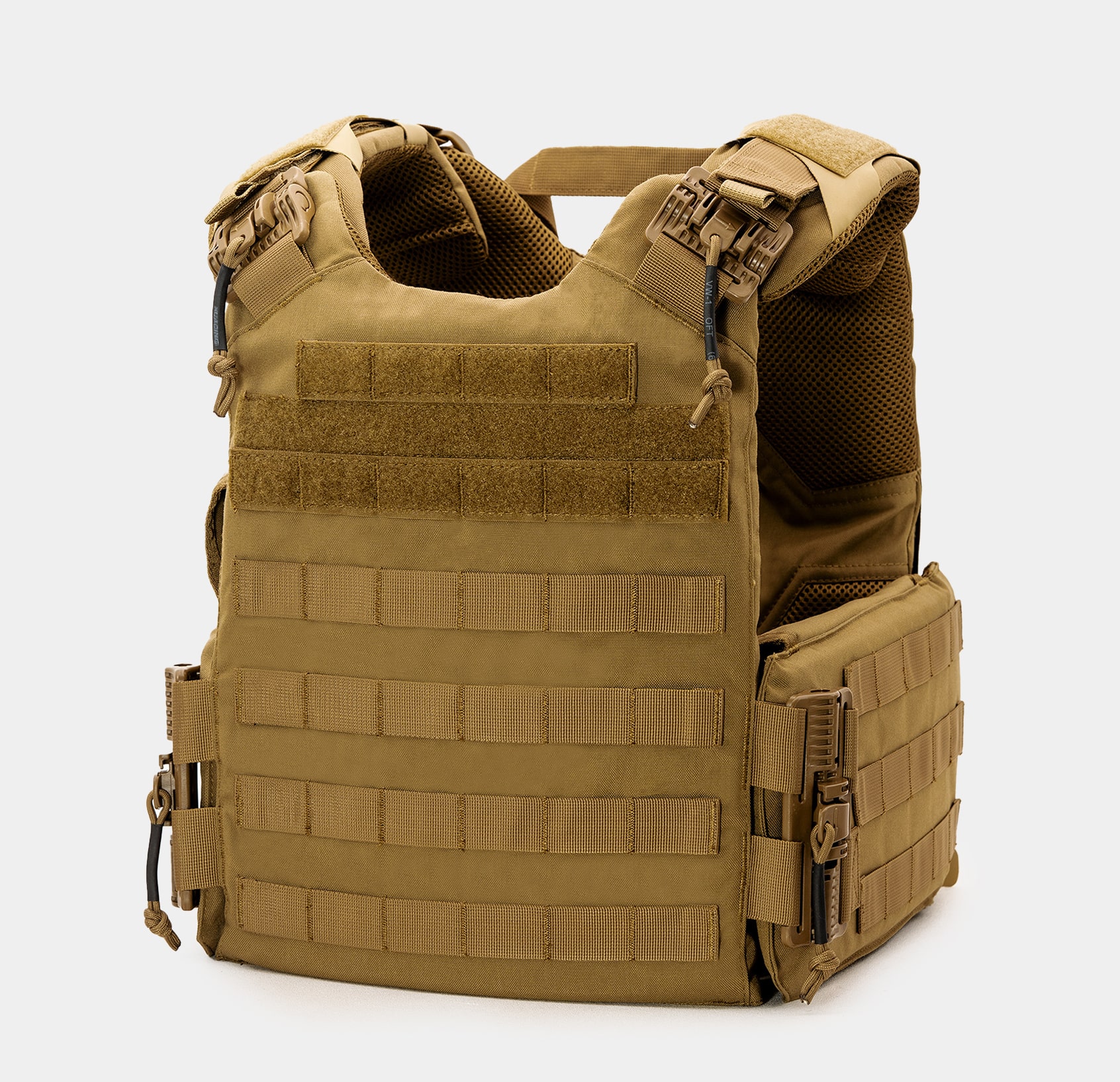In today’s increasingly volatile world, marked by rising political radicalization, frequent public shootings, riots, and widespread chaos, the need for personal protection has never been more apparent. As a result, more individuals are taking steps to arm themselves. They are also recognizing that body armor is a critical component of effective self-defense. However, effectiveness isn’t just about having a plate carrier – it’s about having a well-configured Plate Carrier setup. The armor plates you choose, the type of plate carrier, the placement of the side plate, and the adjustments of the shoulder straps – every detail plays an integral role in ensuring optimal protective value and combat effectiveness.
So, In today’s post, I’m bringing you the ultimate guide to setting up your plate carrier for self-defense. While self-defense covers many aspects, this guide will focus specifically on protecting your home. Whether you live in a city apartment, a suburban house, or a rural property like a ranch or farm. Let’s dive into how you can tailor your setup to your unique living environment and ensure you’re prepared for any situation.
Basic considerations for a Home Defense Plate Carrier Setup
Setting up a plate carrier for home defense requires careful consideration to ensure it provides the right balance of protection, mobility, and accessibility when every second counts.
Level of Armor
the level of armor you choose should be based on the most likely threats you may face. Level IIIA soft armor is lightweight and effective against most handgun rounds. It is a great option for quick mobility in confined spaces like hallways and doorways. However, if rifle threats are a concern, Level III or III+ plates provide protection against common rifle calibers such as 5.56mm and 7.62x39mm.
While ceramic plates offer a lighter option with excellent ballistic protection, steel plates provide durability but add significant weight. PE plates offer a balance between weight and protection but may struggle against high-velocity threats.
Ultimately, the right choice depends on your home defense strategy—whether you prioritize speed and maneuverability or maximum ballistic protection.
Plate Carrier Profile:
Next up, let’s talk about plate carrier profiles. There are several kinds of plate carriers. Some are designed for concealment, some have a minimalist and lightweight design, whereas some favor comfort, and long term wear. Some plate carriers are designed for long operations, and can carry a lot of gear.
When selecting a plate carrier for home defense, the goal is to balance protection, mobility, and comfort. A low-profile carrier is ideal for quick deployment. It offers a lightweight and minimalist design that won’t restrict movement in tight spaces.
Any decent home defense plate carrier should be able to carry some gear. So choose a carrier that offers MOLLE compatibility, or has multiple attachment points for magazine pouches and other essential gear. You can also add components like padded shoulder straps, and side armor plates for improved effectiveness and comfort.
Product Comparison
Beyond the Basics: Advanced Tips for Your Plate Carrier Setup
Once you have configured the basic setup of your plate carrier, it’s time to go beyond the fundamentals, and customize your carrier’s attachments.
Choose the right Self defense weapon:
Before we can decide on the gear to mount on our plate carrier, we need to first determine the weapon we’ll rely on for self-defense.
The ideal firearm depends largely on your living environment. In a city apartment, where space is limited and overpenetration is a concern, compact weapons like a pistol or a short-barreled shotgun loaded with appropriate defensive rounds are ideal choices. Suburban homes tend to have more space, however they are typically made with wood and drywall. Therefore, overpenetration is still a serious concern. So, instead of high caliber rifles, handguns loaded with hollow points, pistol-caliber carbines (PCCs), or shotguns loaded with buckshot are the safest and most effective options.
Meanwhile, large properties such as farms and ranches require firearms capable of engaging threats at greater distances—making full-length rifles a practical choice for both defense and predator control.
Mount up your tactical gear:
Now, let’s talk about the gear you need to mount on your plate carrier.
First of all, you need to make sure that you have extra ammo for your primary and secondary weapon. You should mount a magazine pouch on the front of your plate carrier, with loaded magazines that you can access quickly.
A flashlight is also essential, as it can help you navigate in the dark. Of course, you’ll have your weapon mounted light, but having an extra flash light on your carrier can help if your weapon light fails for any reason.
Next up, in a self defense, or any combat situation, you need to have the ability to both make holes and patch them up. What I mean is that your Med Kit is as important as any other piece of gear. The ideal med kit should have a couple of Tourniquets (mounted for quick access), Chest seals for gunshot wounds, Hemostatic gauze, compression bandages, Trauma shears.
Lastly, you should also have a knife mounted on your carrier. It is a versatile tool, and can be used for close quarters combat as well when you may not be able to access your primary firearm
Apart from these attachments, you can mount any other tools that you feel are essential for your home defense strategy.
Product Comparison
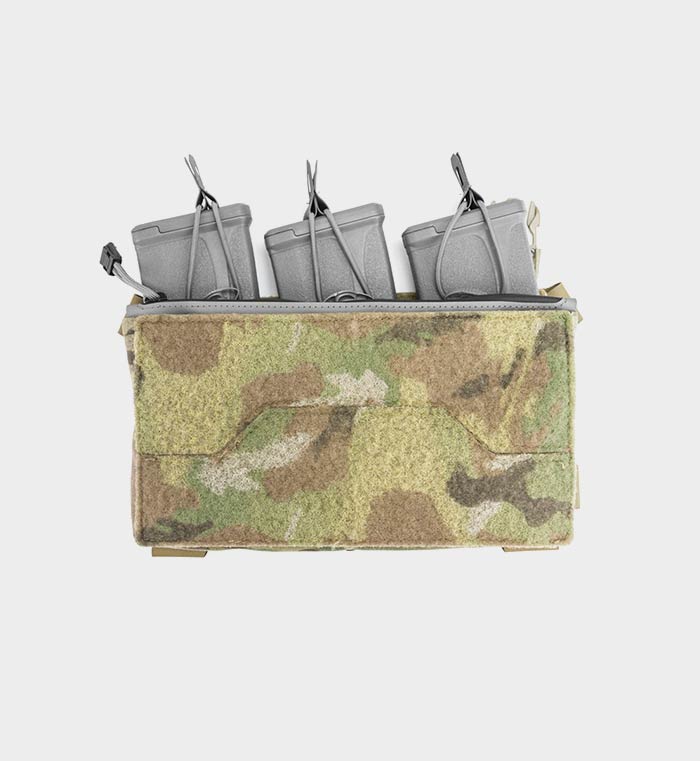
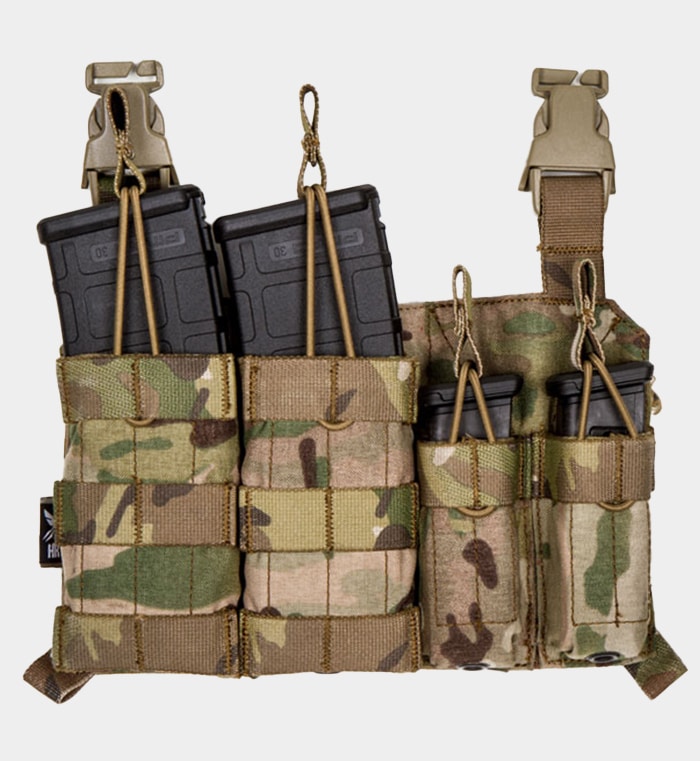

Ensure Proper Gear Placement
Strategic gear placement on your plate carrier is as important as choosing the right gear and weapon.
Magazines should be positioned at the front or sides for easy reloads, while medical gear, like a tourniquet and IFAK, should be placed where it can be reached with either hand, in case one arm gets injured. Flashlights, knives, and multi-tools should be mounted in accessible locations without interfering with weapon manipulation.
Avoid overloading the carrier with unnecessary gear, as it can slow down movement and create clutter in high-stress situations.
Ensure proper Weight Distribution
Balancing the weight of your plate carrier setup is essential for comfort and mobility. Keep heavier items, like armor plates and extra magazines, centered to prevent strain on your shoulders and back. Avoid placing too much weight on one side, as this can cause fatigue and throw off your balance. A well-balanced setup allows for prolonged wear without unnecessary discomfort or mobility restrictions.
Train as much as you can:
Remember, you are the weapon! Your firearm, armor, and gear are just tools—you are the one who makes them effective.
That’s why training should be a top priority. Take home defense classes, refine your shooting skills, and practice defensive tactics regularly.
Speed and movement drills are especially important; time yourself putting on your plate carrier to reduce the seconds it takes to get fully geared up. Once it’s on, practice moving through your home to identify any adjustments needed for better mobility. Consistent training not only sharpens your skills but also builds the confidence and muscle memory needed to stay calm and in control if a self-defense situation ever arises.
Optimizing Your Plate Carrier for Quick Response
In a home defense scenario, every second counts, so your plate carrier should be stored in a location that allows for rapid deployment. The ideal placement depends on your home defense strategy—whether you plan to hold a defensive position in your bedroom or move through your home to secure family members.
Different strategies are suitable for different homes, but that is an entire topic on its own that we can’t get into right now.
For now, remember to Keep your plate carrier in a designated spot, such as next to your bed, near your primary defensive firearm, or in a secured but accessible area. A plate carrier ensures that all your essential gear is in one place. This allows you to equip it within seconds, eliminating the need to scramble for separate items and ensuring you’re ready for anything that comes your way.
The importance of Regular Maintenance and Checks
Regularly inspect it for any signs of wear and tear, including fraying stitching, weakened Velcro, or loose straps. Check your armor plates for cracks, delamination, or other structural damage that could compromise their effectiveness. Additionally, keep all attachments, buckles, and quick-release mechanisms in working order. Sweat, dirt, and dust can degrade materials over time, so clean your plate carrier as recommended by the manufacturer to prevent unnecessary wear. A well-maintained setup not only extends the lifespan of your gear but also ensures it performs flawlessly in a critical moment.




